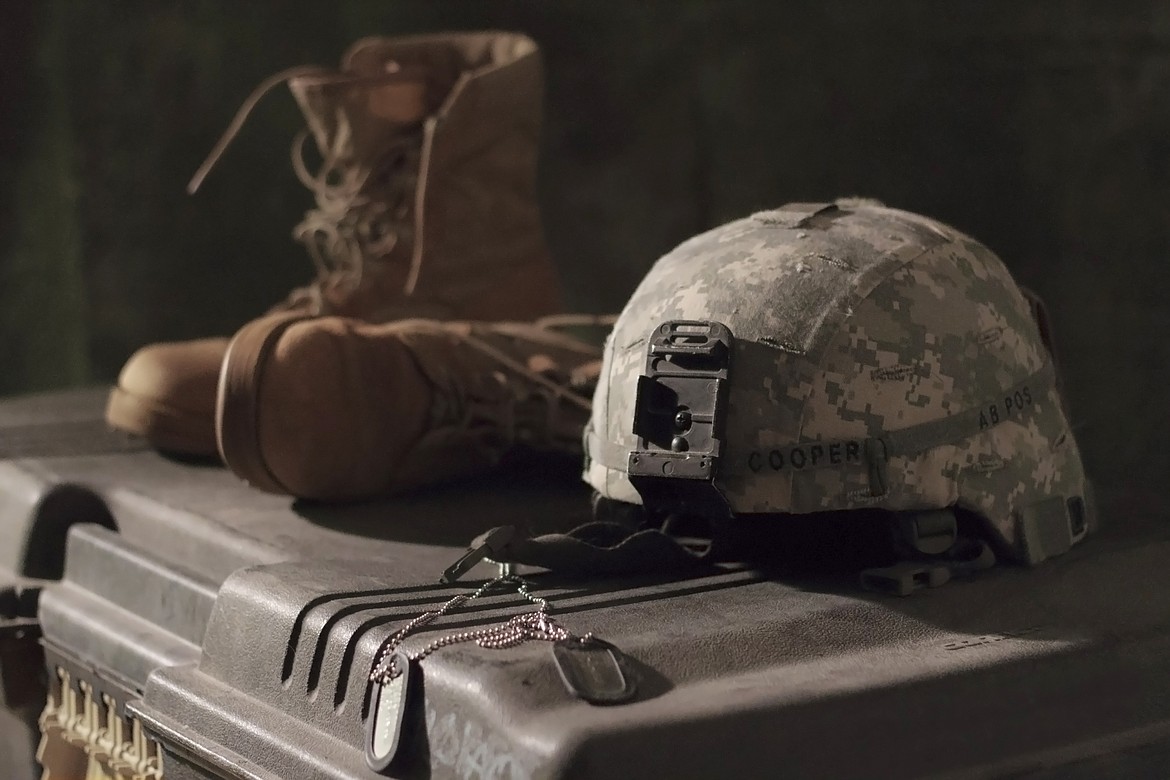'Death was always in the air'
Bomber bases in England were not happy places.
But as one former World War II B-17 bomber pilot friend of mine (now deceased) pointed out, it was better to sleep between sheets every night, versus sleeping in a foxhole. But those comments were to keep up their spirits.
Journalist Andy Rooney once wrote, "Bomber bases were (darn) depressing places to visit." He recalled that "death was always in the air, even though the guys were trying hard to laugh and forget."
The men were willing to face death, but none knew how many times they would have to do it. Were they expected to keep flying until they were killed, wounded, or bail out from a shot-up airplane and then captured, or go crazy? It seemed so. The head doctor, urged the commander-in-chief, General Eaker, to reduce the number of missions from 25 to 15 as the men were exhausted and worn out, physically and emotionally. But the general said there wasn't any morale problem and would not do it. After completing their 25 missions, they would be sent home for reassignment or be given ground duties in England. But in March 1944, the number of missions required was increased to 30, in July 1944, it was increased to 35. My friend was one in the latter group. But do you know how many pilots and airmen actually completed their required missions? In fact, in was only one in five — or 20%. Eighty percent were either killed, captured, or grounded because of psychiatric problems, such as "flying fatigue," "operational fatigue," or emotional fatigue. However, of the 225,000 flying airmen in England, only a small number, only 4,000 to 5,000 fell into these latter categories.
In the initial part of the war, hardly any completed the 25 missions, as they were either killed or shot down, bailed out, and were captured. So you can see the tremendous stress they were under every time they took off.
Roger Gregory is a Vietnam veteran and business owner in Priest River.

